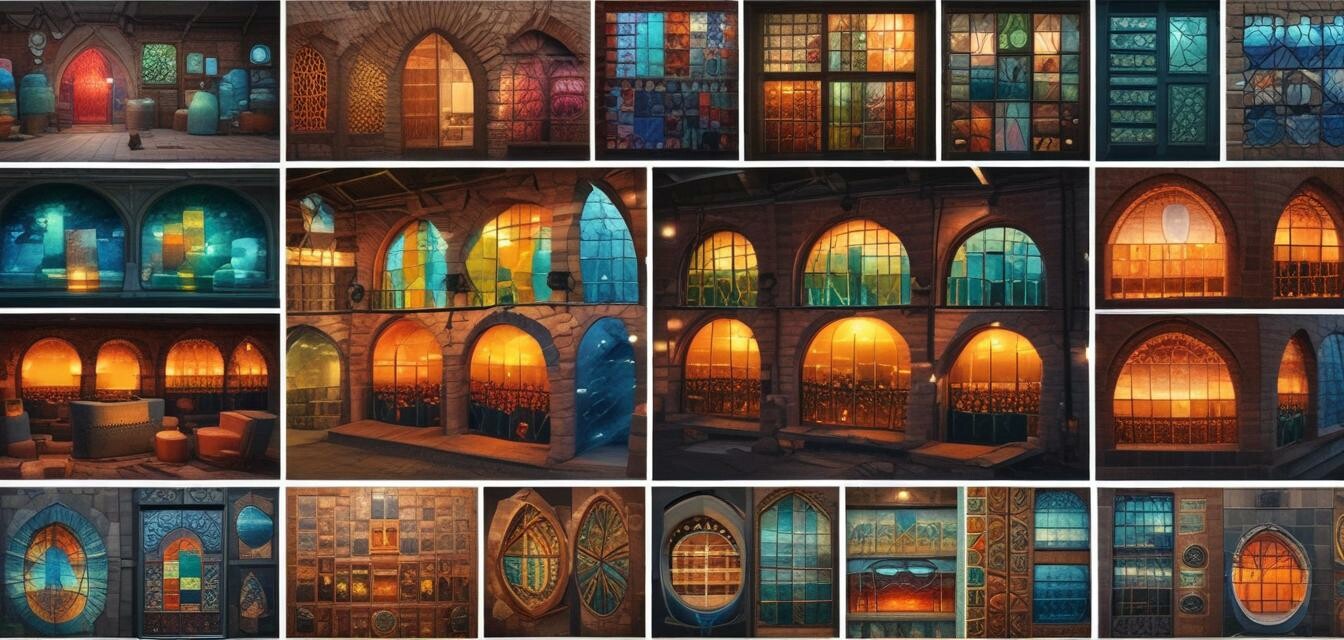
The Evolution of Glass Kilns: From Traditional to Modern
Key Takeaways
- Glass kilns have evolved in design and functionality from traditional models to modern innovations.
- Technological advancements have introduced more efficient heating methods and temperature controls.
- Today's kilns cater to both hobbyists and professionals, offering a variety of features.
- Understanding the evolution of kilns can help artists make informed choices for their projects.
Glass making has a rich history, deeply rooted in ancient craftsmanship. The kiln, a crucial element in this process, has undergone significant transformations. This article explores the evolution of glass kilns, from traditional designs to the modern innovations that shape the art of glass crafting today.
The origins of glass kilns
Glassmaking dates back thousands of years, with early techniques relying on simple, earthy kilns. These primitive structures were often made of clay and heated using wood fires. Let’s look at some key changes in kiln evolution throughout history:
| Period | Characteristics | Materials Used |
|---|---|---|
| Ancient Times | Basic clay kilns heated by wood; limited temperature control | Clay, wood |
| Middle Ages | Improved kiln designs; introduction of higher temperatures | Brick, stone, coal |
| Renaissance | Development of glassblowing; larger kilns | Brick, stone |
Emergence of modern glass kilns
With the Industrial Revolution came significant advancements in kiln technology. The introduction of electric kilns and refined temperature controls revolutionized the glass-making process. Here’s what you should know about modern glass kilns:
Pros
- Consistent heating for optimal glass fusing.
- Energy-efficient designs reduce operational costs.
- Increased safety features compared to traditional kilns.
Cons
- Higher initial investment compared to basic kilns.
- Complexity of use may require additional training.
Types of modern kilns
Today's kilns offer various options tailored to specific needs. Here's a breakdown of some popular types:
- Tabletop Kilns: Compact and ideal for beginners or small projects.
- Production Kilns: Larger and designed for high-volume work, suitable for professionals.
- Specialty Kilns: Include features for specific techniques like glass casting or ceramics.
How modern innovations have transformed glass making
The advances in kiln technology have not only improved the quality of glass art but also enhanced the overall creative process. Some key innovations include:
| Feature | Traditional Kilns | Modern Kilns |
|---|---|---|
| Heating Source | Wood or coal | Electricity or gas |
| Temperature Management | Limited control | Digital controls with programmable settings |
| Insulation | Basic insulation | Advanced materials for better heat retention |
| Size Options | Standard sizes | Variety of sizes for different projects |
Conclusion
The evolution of glass kilns from simple clay structures to sophisticated modern equipment reflects the artistry and innovation in the field of glass making. Artists today have access to a range of advanced kilns that accommodate both their creative ambitions and practical needs. Understanding this evolution not only enriches one’s appreciation for glass art but also aids in choosing the right tools to bring their visions to life.
Tips for choosing the right kiln
- Assess your skill level: Beginners may prefer tabletop kilns with user-friendly controls.
- Consider your project needs: Choose a kiln size based on the typical dimensions of your projects.
- Look for energy efficiency: Modern kilns often provide better energy savings over time.
- Research safety features: Ensure the kiln has proper insulation and emergency safeguards.

